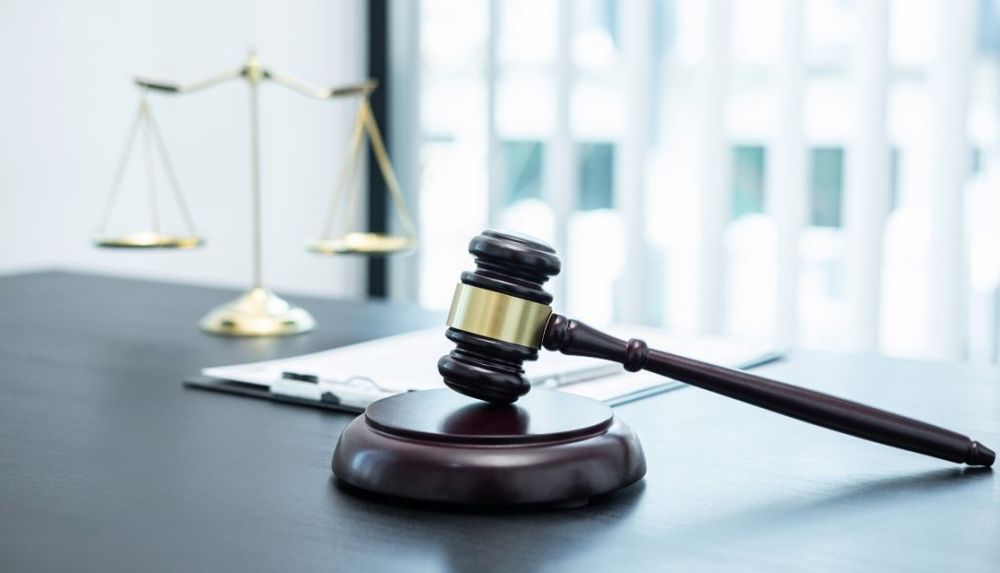8 Steps of Debt Collection
The steps that a collection expert takes when helping a creditor receive on their accounts can vary greatly depending on the location of the debtor. Each country has different laws and regulations regarding debt collection practices, so it’s impossible to say the exact steps that will be taken by the collection expert to help you. However, a very simplified example of the collection procedures generally followed by debt collection experts from around the world can be broken down into a few simple steps:
Stage One: Case Initiation
The first stage that a collection expert goes through after receiving an account from a creditor is the initiation stage. Like all the stages in international debt recovery, this stage varies from country to country and from firm to firm. During this stage, the collection professional inputs the case information that they received from the client into their internal systems. Generally speaking, this stage is quite short and usually takes less than 24 hours.
Stage Two: Initial Contact
After getting their data sorted, the collection professional will start their initial contact attempts. This will involve using the contact methods that were provided to the collection professional by the creditor. This could be in the form of phone calls, emails, physical letters sent to an address, or visits to a debtor’s home or place of work. If contact is established, the collection professional moves on to stage four. If the collection professional is unable to establish contact, they will move to stage three.
Stage Three: Skip Tracing
Skip Tracing is a general term that just describes attempts by one group or individual to locate the whereabouts of another group or individual. Collection professionals enter the skip tracing stage of the collection recovery process whenever they are unable to establish contact with a debtor because the contact information they have is inaccurate or ineffective.
The techniques used in skip tracing often include searching publicly available as well as exclusive online databases, performing credit investigations, communicating with present and past acquaintances of the debtor, and other techniques depending on where the debtor is thought to be.
Stage Four: Communication
After communication has been successfully established with the debtor, the credit professional begins communication with the debtor. Communication is often done in the form of letters, but when letters aren’t successful, phone calls, as well as in-person visits, are also performed.
During the communication stage, the collection professional communicates with the debtor to help them understand their legal and moral obligation to the creditor. Generally speaking, once the debtor understands the situation, they are willing to talk about establishing a repayment agreement, and the collection professional moves on to stage six. If the debtor refuses attempts to communicate with the credit professional, it may be necessary to take legal action against the debtor, thus moving to stage five.
Stage Five: Legal Action
This stage of international debt recovery is by far the stage that will deviate the most. Because each country has their own law, the legal steps that a creditor can take against a debtor varies significantly from country to country.
Speaking very generally, the credit professional will perform an analysis of the account to determine whether or not legal action would be worthwhile, then submits a report to the creditor. The creditor evaluates the analysis and determines whether or not they’d like to pursue legal action. If they decide to pursue legal action, the creditor pays the legal fees and the collection professional then takes the debtor to court on behalf of the creditor.
During the court process, they show the court the records of the debt and wait for a judgement from the court. Once a judgement is issued, the creditor can take whatever legal steps are allowed to it by the local law of the debtor. These steps can vary quite a bit. They range from things like issuing legal orders, seizure of property, and liquidation of assets.

Stage Six: Repayment Agreement
Once communication has been successfully established and the debtor understands their obligation to pay, a repayment agreement must be reached between the debtor and the creditor. During this stage collection professionals also take into consideration the current situation that the debtor is in, and why they were unable to pay the debt that they’ve incurred. The collection professional will work towards a repayment agreement that both the debtor and creditor can accept. Sometimes the repayment agreement will be negotiated as a single payment, other times a payment schedule is established.

Stage Seven: Active Repayment
Once a repayment agreement has been reached, the debtor begins to repay their debts to the creditor in the agreed upon fashion. Sometimes this will be in one whole payment, but at other times a payment schedule needs to be implemented. If repayment is done in one payment, this process is completed very quickly. However, if a payment schedule is implemented, this process can take as long as the schedule dictates. During the active repayment stage, the collection professional keeps careful tabs on the debtor to make sure they are repaying in a timely fashion. If repayment stops for any reason, the collection expert must return to stage four or possibly even stage three.
Stage eight: Debt Collection Complete
Completion means that the account has been paid according to the repayment agreement. This might mean a full repayment of debt, or some percentage of original debt if that’s what was agreed upon by the creditor when negotiating the repayment agreement. At this point, the creditor’s bank account has received the money that they were owed and can finally stop worrying about that unpaid invoice!






